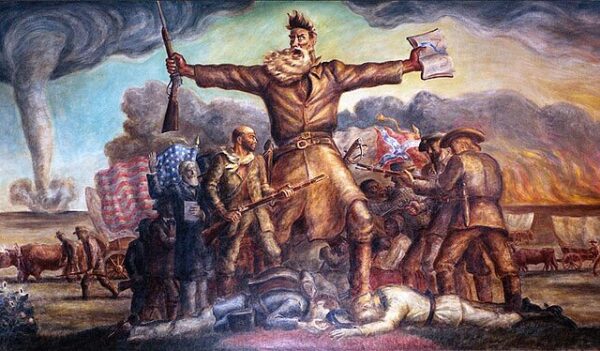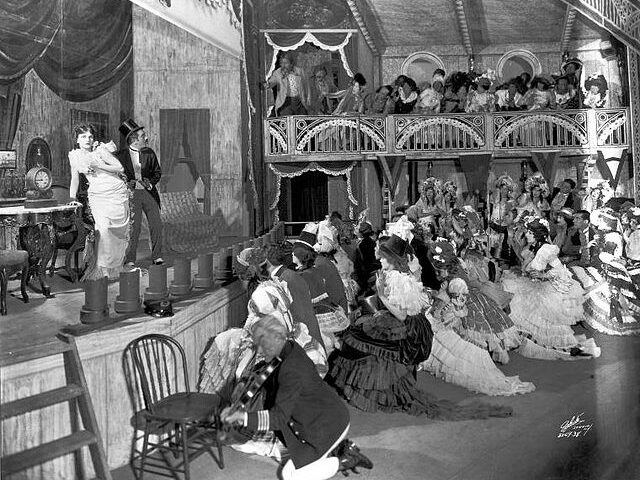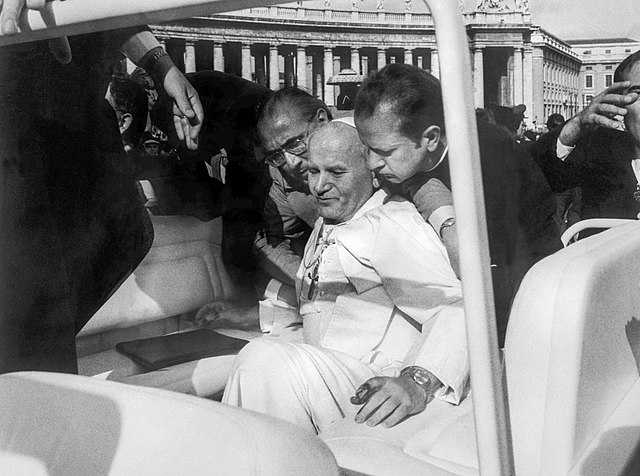On the night of May 24, 1856, one of the most violent episodes of “Bleeding Kansas” occurred at Pottawatomie Creek, dramatically influencing the already tense atmosphere between proslavery and antislavery forces in the United States.
Angered by the beating of Charles Sumner, John Brown, a fervent abolitionist, led a small group of followers in a violent attack that saw five proslavery settlers murdered in brutally violent fashion. This incident, known as the Pottawatomie Massacre, was a direct response to escalating proslavery violence in Kansas and became emblematic of the intensifying conflict that would ultimately lead to the Civil War.
The immediate impetus for the Pottawatomie Massacre was the sacking of Lawrence, Kansas, by proslavery forces on May 21, 1856. Lawrence was a stronghold of antislavery settlers, and the attack, which involved the destruction of property and burning of buildings, deeply angered Brown and his followers. Viewing the proslavery aggression as an intolerable affront, they decided to retaliate.
On the evening of May 24, Brown led a small group of men, including four of his sons and his son-in-law, to the homes of proslavery settlers along Pottawatomie Creek. The group first targeted James Doyle’s cabin. They dragged Doyle and his two sons, William and Drury, from their home and executed them with broadswords. Brown’s men then moved to the cabin of Allen Wilkinson, a proslavery advocate, whom they similarly dragged out and killed. The final victim was William Sherman, who was killed in front of his family.
The killings were brutal and premeditated. Brown and his men believed that such an act of terror was necessary to send a clear message to proslavery forces that the antislavery faction was resolute and unyielding. Brown, a deeply religious man, saw himself as an agent of divine retribution, carrying out what he believed was God’s will to punish the wickedness of slavery.
The Pottawatomie Massacre shocked the nation and polarized opinions. To many in the South and among proslavery supporters, Brown was a madman and a terrorist. They viewed the massacre as evidence of the dangerous fanaticism of the abolitionist movement. Conversely, many in the North, while uneasy with Brown’s methods, perceived the massacre as a desperate and extreme reaction to the continuous violence perpetrated by proslavery forces. The event further inflamed the volatile situation in Kansas, leading to additional bloodshed and deepening the rift between North and South.
The Pottawatomie Massacre exemplified the intense moral and political conflicts of the era and underscored the lengths to which individuals like John Brown were willing to go in the fight against slavery. Brown’s radical actions continue to provoke debate over the use of violence for social and political ends.






